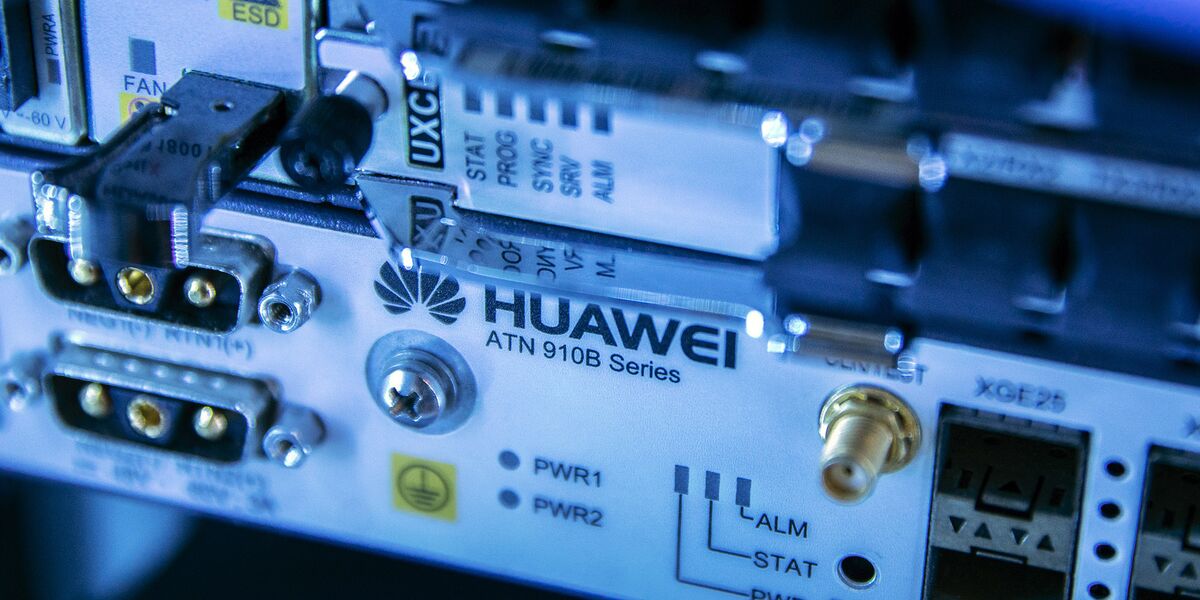
Hey y’all, it’s Austin in Los Angeles. The U.S. is about to start destroying tons of Huawei and ZTE equipment. But first…
Today’s top tech news:
The great Huawei purge
All over the country, hardware from Huawei Technologies Co. and ZTE Corp. keeps American telecom networks humming. In the coming months, many of those networks are going to start ripping it all out.
On Friday, the U.S. Federal Communications Commission officially kicked off the reimbursement program for replacing equipment from the two Chinese companies, both of which have been deemed a threat to national security. That means that telecoms can apply for subsidies to purge the hardware from their networks.
A lot has been made of the geopolitical connotations of the technology blacklist, which includes Huawei and ZTE, but the physical logistics of overhauling the nation’s connectivity infrastructure is just as complicated given how much banned equipment is currently in the wild. The process that started last week allows telecoms to file expenses for wiping out the hardware. Whenever those funds are approved and sent, “the clock starts ticking,” says John Nettles, president of Alabama-based Pine Belt Communications Inc. “You’re expected to complete it within one year after receiving your first reimbursement.”
For the target recipients of the program, small and usually rural carriers with no more than 10 million customers, that means 2022 is going to be an insanely busy year. Without expansive subsidies, these telecoms have said they would not have been able to afford to comply with the government mandate, but now with federal reimbursements, they’ll soon be under the gun to source enough labor and eligible replacement gear to meet the FCC’s deadline. Nettles estimates it’ll likely take a four-person crew a week to overhaul each of his 67 towers.
“It’s going to be a pretty intense effort, and I probably have one of the smallest networks that needs to be swapped out,” he explains.
Making matters more difficult, Nettles says telecoms are also required by law to trash the Huawei and ZTE equipment. It’s not as easy as throwing the components in a recycling bin. “There’ll be vendors popping up with industrial-strength shredders. We’ll throw it all in there and watch it get crunched up,” he says. But not before they have new hardware ready for installation from the likes of Ericsson or Nokia Oyj, lest they cut off web and mobile access for droves of American consumers. “Otherwise, you’re going to have a service gap,” Nettles says. “We call it ‘rip and replace’ but it really needs to be ‘replace and rip.’”
With the chip shortage disrupting supply chains, Nettles worries whether he and his counterparts around rural America will be able to complete the rollout (or re-rollout) of the necessary equipment seamlessly and within budget. But there’s still time to get their ducks in a row. The FCC has given carriers until mid-January to apply for reimbursements, at which point they’ll go through a review and financial allotment process, possibly finishing up around this coming spring. If carriers don’t receive enough subsidies, they’ll be faced with some hard choices. Nettles estimates it might take $25 million or so to fund his particular revamp. If Pine Belt gets less, he wonders, “Do I just shut down a fifth of my network? Or do I go out and try to find funding elsewhere?”
For now, he’s been reading through the copious paperwork on the FCC filing process, which he expects will consume him and his team for the foreseeable future. “I sent it to them saying, ‘Giddy up, this is going to characterize your life for the next three to six weeks,” Nettles says. “It’s looking like it’s going to be a pretty daunting task.” — Austin Carr
If you read one thing
Apple and Amazon have shed more than $160 billion in combined market value after reporting disappointing earnings and warning of a difficult holiday season. Microsoft, meanwhile, became the world’s most valuable company on Friday.
Here’s what you need to know
Amazon disclosed a 20% stake in Rivian Automotive, the electric-vehicle upstart vying with Tesla.
A new streaming service Donald Trump has said he’s launching will be run by a producer behind “Deal or No Deal” and “America’s Got Talent.”
Ether, the second-largest cryptocurrency, surged to a record high above $4,400 on Friday.
Meet Tesla's hidden billionaire—the retail trader who quietly amassed a $7 billion stake in the company.
"start" - Google News
November 01, 2021 at 05:45PM
https://ift.tt/3GE8O8m
U.S. Telecoms Are Going to Start Physically Removing Huawei Gear - Bloomberg
"start" - Google News
https://ift.tt/2yVRai7
https://ift.tt/2WhNuz0
Bagikan Berita Ini















0 Response to "U.S. Telecoms Are Going to Start Physically Removing Huawei Gear - Bloomberg"
Post a Comment